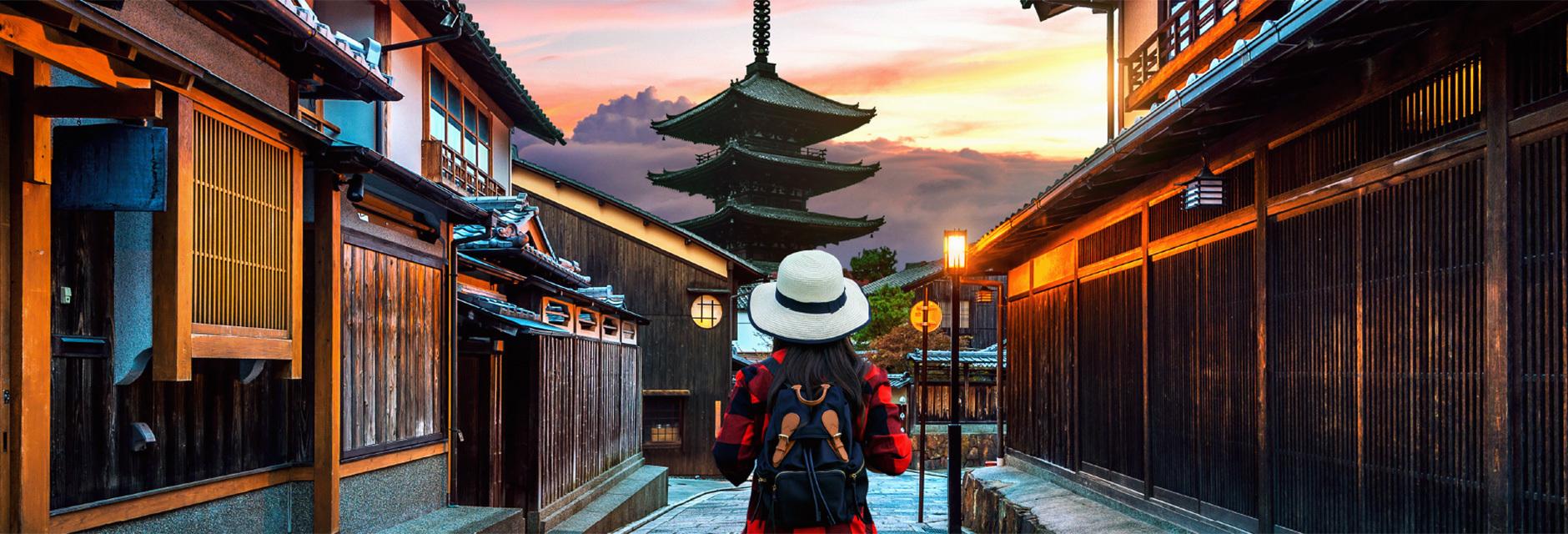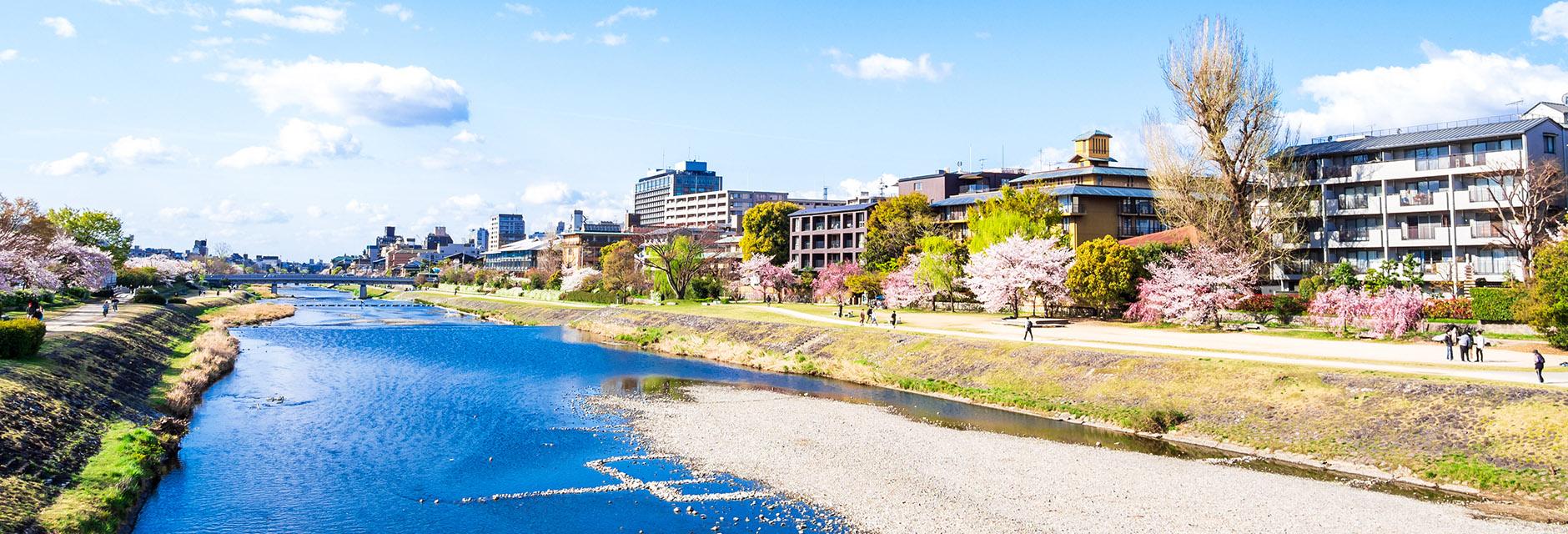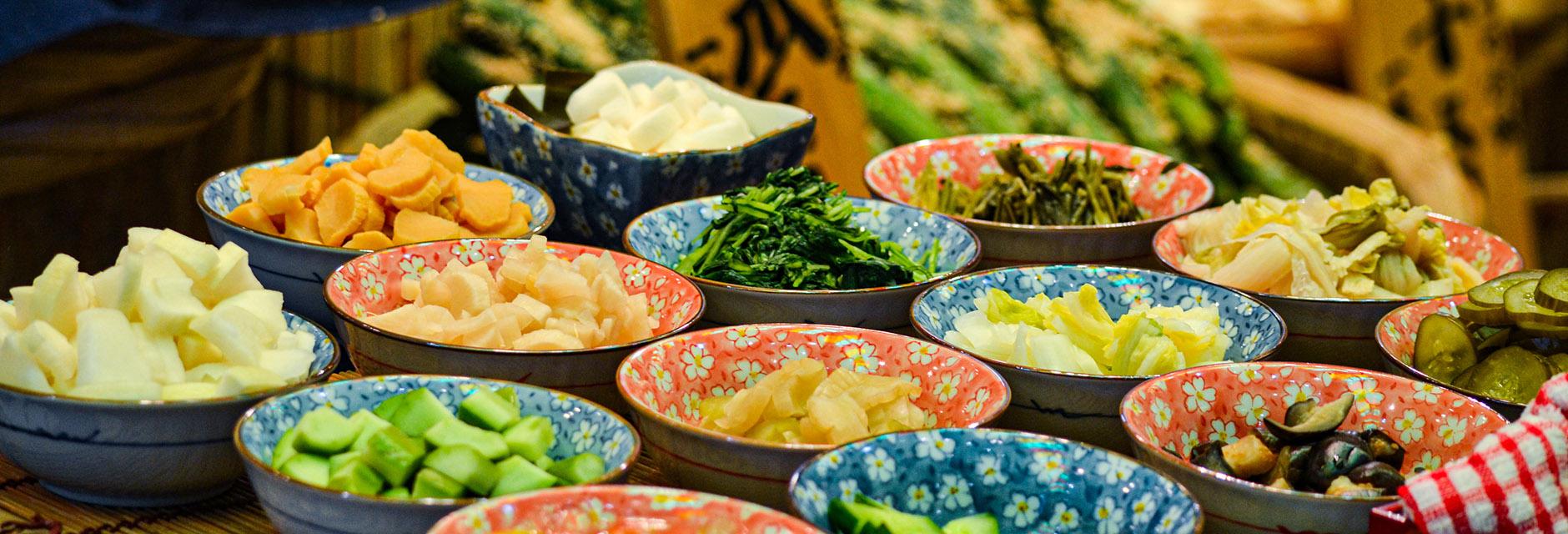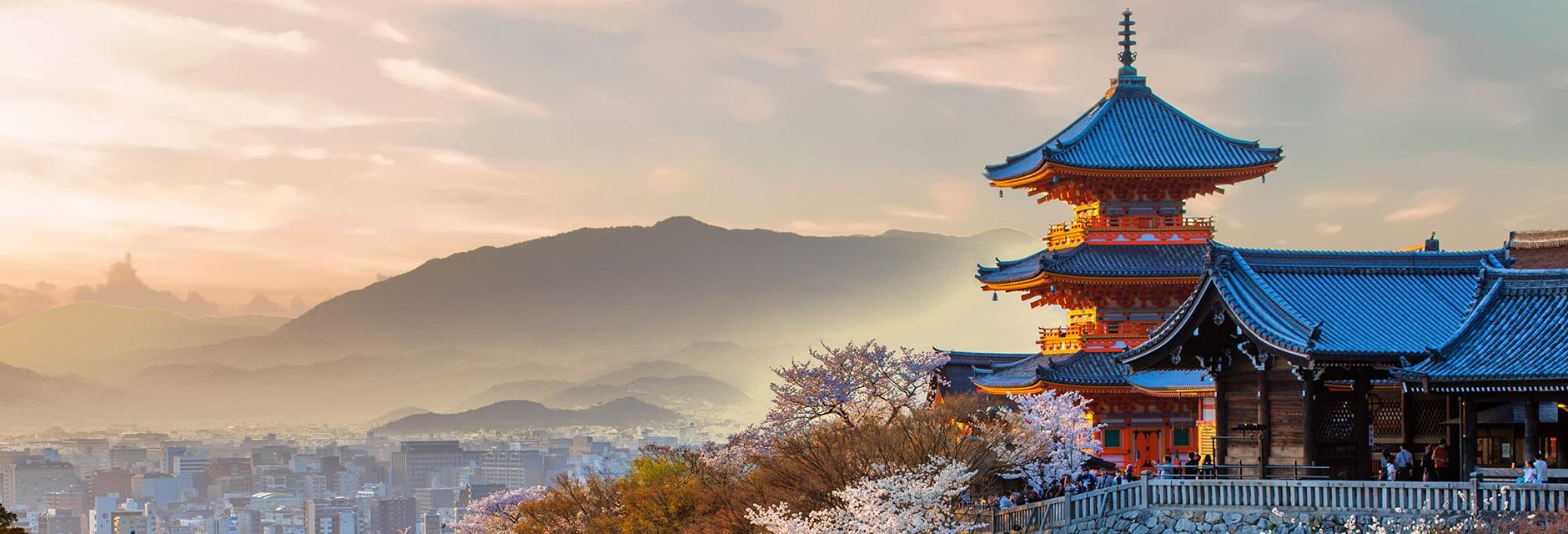Life in Kyoto
- Life in Kyoto
- Guide & Map
- Seasonal Events
Open any travel guide about Japan and you are certain to encounter a description of the dichotomy of modern Japan—a country of paradox where cultural traditions are entrenched, but advanced technology is embraced. No city encapsulates this dichotomy better than Kyoto. Neither the neo-metropolis of Tokyo nor the colorful mercantilism of Osaka is comparable to Kyoto in this aspect. Kyoto offers a unique balance and coexistence between modernity and tradition. Accolades such as “Best City in the World” by US Magazine Travel & Leisure demonstrate its appeal. Kyoto Prefecture is always at or near the top of the annual ranking for most attractive prefectures in Japan, standing above major cities such as Osaka and Tokyo year after year.
Studying in Kyoto
Kyoto’s history as the capital of Japan spans an entire millennium. Its longstanding history of existing as the center of Japan is an influence that still remains to this day, and it continues to thrive as the cultural capital of Japan, admired by both Japanese citizens as well as foreign travelers.
In addition, Kyoto is not only a city of authentic culture but also a city of cultivated wisdom.
There are more than forty universities in Kyoto, and KUAS is one of them. More than 12 Nobel Laureates are scholars from Kyoto. One out of every ten people in the population is a university student, boasting the highest percentage in Japan. Of that ten percent, over 9000 of those students are international students. Therefore, there is a lot of cross-cultural exchange among residents and an abundant support network for international students.
From a business perspective, Kyoto is a city of innovation. It hosts the headquarters of many world-class electronics manufacturers. These include one of the world’s largest videogame manufacturers, a globally renowned electronics and ceramics manufacturer, the world’s largest electric motor manufacturer, world-famous animation studios, a prominent automotive manufacturer, and many other electronics and precision instrument companies.
The practical curriculum of the Faculty of Engineering is made possible by the fact that Kyoto is a Japanese heartland of cutting-edge technology.

Living in Kyoto
Kyoto is a perfect place for students to live. The compact city contains many shopping areas that can fulfill all your shopping needs. If you are looking for stimulation, you can visit the many museums, art galleries and theaters in the cities. The most common mode of transportation around Kyoto City is cycling, which is an inexpensive and eco-friendly way to travel. The city’s layout is grid-shaped and has very inclines, making it easy to navigate and ideal for transportation via bicycle. Public transportation such as trains, subways, street cars and buses are also available. From Kyoto Station, one can travel to Osaka, Nara, Kobe or Kansai International Airport in a single train ride with no transfers.
Despite preconceptions, the cost of living in Kyoto is much cheaper than in many North American, European, and Asian cities. Even within Japan, Kyoto’s rent and daily expenses tend to be lower than Tokyo’s, making it a city with both ease of living and convenience.
One aspect that Kyoto does not lack in is its vast selection of delicious food. Cuisine from all over the world can be found in Kyoto, including vegan and halal options. While trying traditional Kyoto-style food is a great way to experience life in Japan, Kyoto is also friendly to those who prefer to cook at home and has an abundance of well-stocked supermarkets throughout the city.





